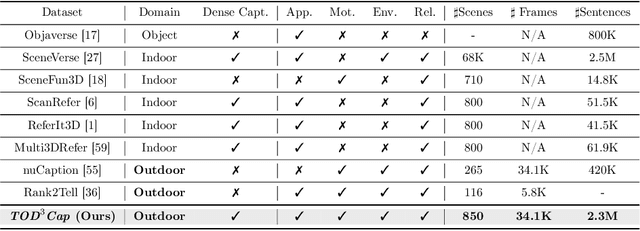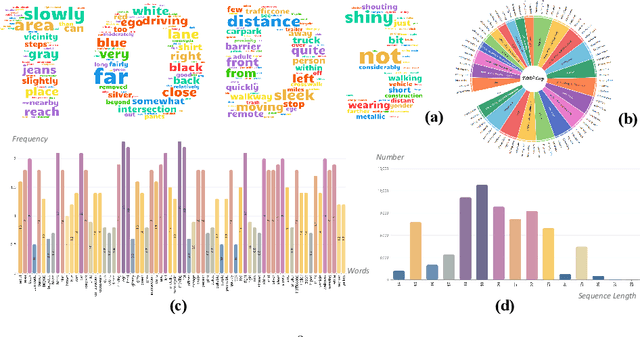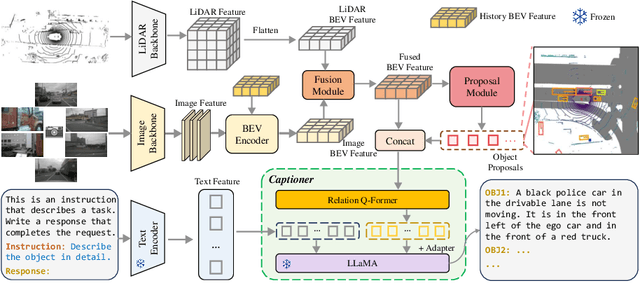Sujie Hu
A Survey of Camouflaged Object Detection and Beyond
Aug 26, 2024Abstract:Camouflaged Object Detection (COD) refers to the task of identifying and segmenting objects that blend seamlessly into their surroundings, posing a significant challenge for computer vision systems. In recent years, COD has garnered widespread attention due to its potential applications in surveillance, wildlife conservation, autonomous systems, and more. While several surveys on COD exist, they often have limitations in terms of the number and scope of papers covered, particularly regarding the rapid advancements made in the field since mid-2023. To address this void, we present the most comprehensive review of COD to date, encompassing both theoretical frameworks and practical contributions to the field. This paper explores various COD methods across four domains, including both image-level and video-level solutions, from the perspectives of traditional and deep learning approaches. We thoroughly investigate the correlations between COD and other camouflaged scenario methods, thereby laying the theoretical foundation for subsequent analyses. Beyond object-level detection, we also summarize extended methods for instance-level tasks, including camouflaged instance segmentation, counting, and ranking. Additionally, we provide an overview of commonly used benchmarks and evaluation metrics in COD tasks, conducting a comprehensive evaluation of deep learning-based techniques in both image and video domains, considering both qualitative and quantitative performance. Finally, we discuss the limitations of current COD models and propose 9 promising directions for future research, focusing on addressing inherent challenges and exploring novel, meaningful technologies. For those interested, a curated list of COD-related techniques, datasets, and additional resources can be found at https://github.com/ChunmingHe/awesome-concealed-object-segmentation
TOD3Cap: Towards 3D Dense Captioning in Outdoor Scenes
Mar 28, 2024



Abstract:3D dense captioning stands as a cornerstone in achieving a comprehensive understanding of 3D scenes through natural language. It has recently witnessed remarkable achievements, particularly in indoor settings. However, the exploration of 3D dense captioning in outdoor scenes is hindered by two major challenges: 1) the \textbf{domain gap} between indoor and outdoor scenes, such as dynamics and sparse visual inputs, makes it difficult to directly adapt existing indoor methods; 2) the \textbf{lack of data} with comprehensive box-caption pair annotations specifically tailored for outdoor scenes. To this end, we introduce the new task of outdoor 3D dense captioning. As input, we assume a LiDAR point cloud and a set of RGB images captured by the panoramic camera rig. The expected output is a set of object boxes with captions. To tackle this task, we propose the TOD3Cap network, which leverages the BEV representation to generate object box proposals and integrates Relation Q-Former with LLaMA-Adapter to generate rich captions for these objects. We also introduce the TOD3Cap dataset, the largest one to our knowledge for 3D dense captioning in outdoor scenes, which contains 2.3M descriptions of 64.3K outdoor objects from 850 scenes. Notably, our TOD3Cap network can effectively localize and caption 3D objects in outdoor scenes, which outperforms baseline methods by a significant margin (+9.6 CiDEr@0.5IoU). Code, data, and models are publicly available at https://github.com/jxbbb/TOD3Cap.
 Add to Chrome
Add to Chrome Add to Firefox
Add to Firefox Add to Edge
Add to Edge